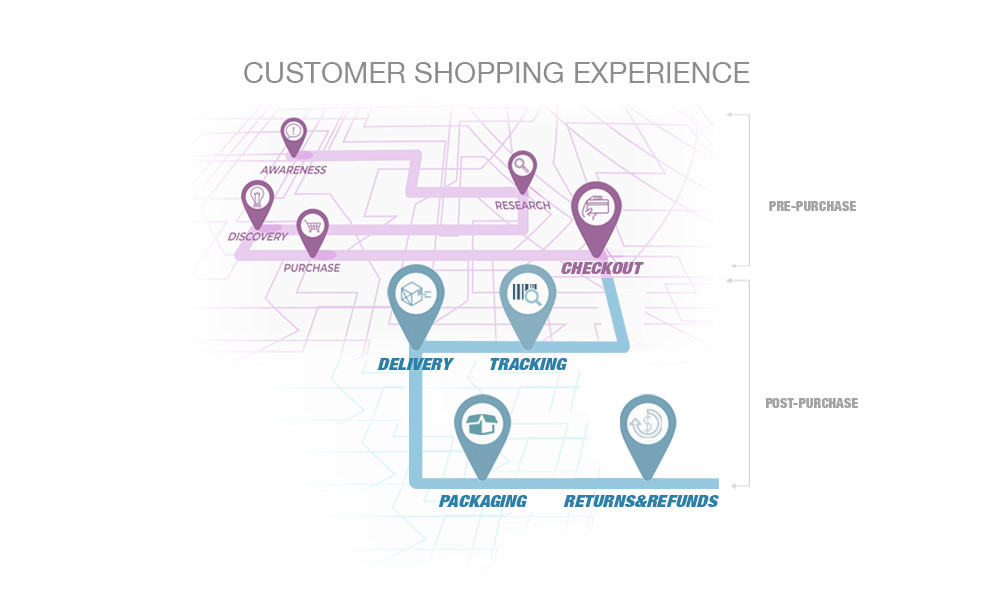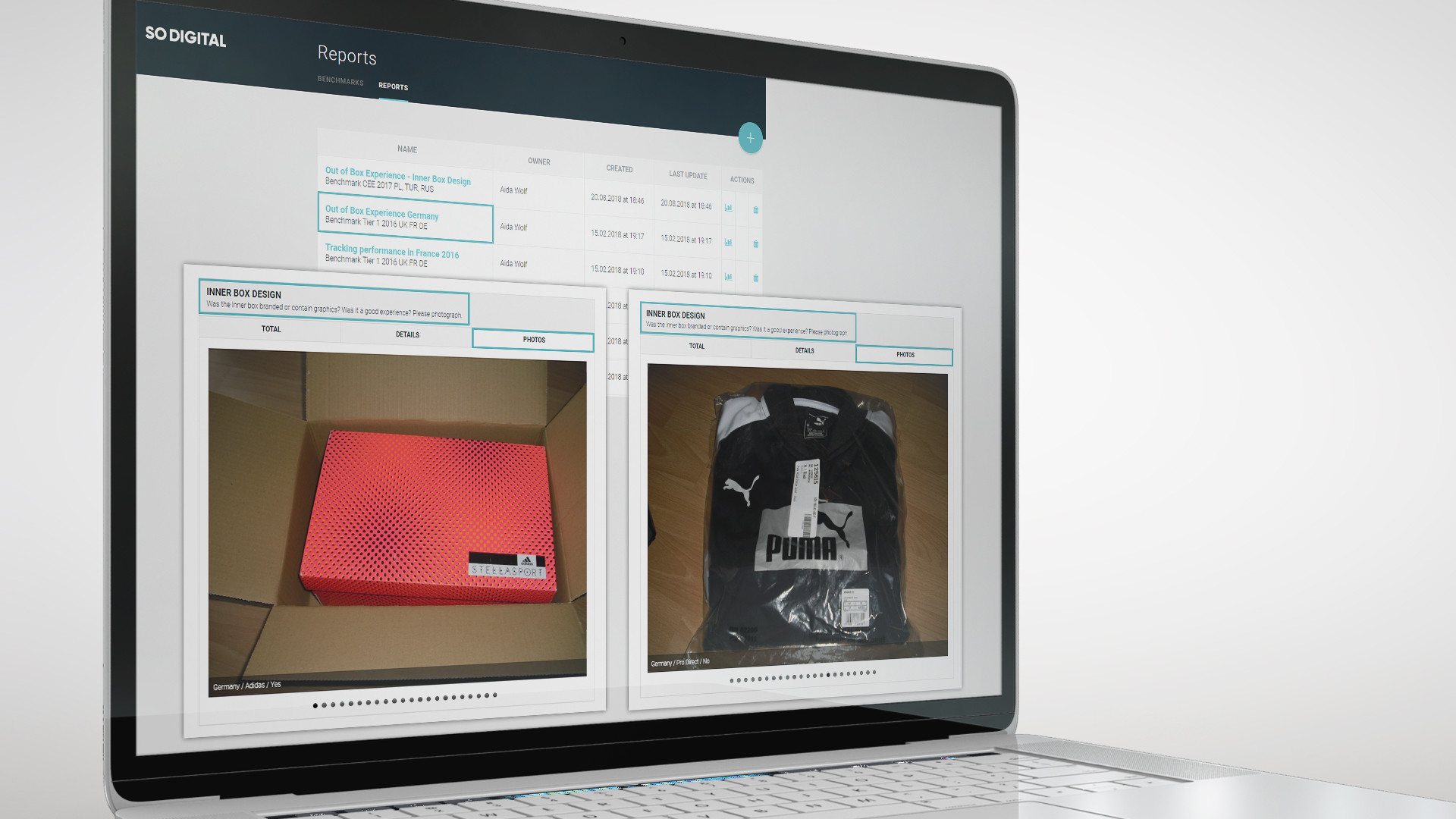We help brands drive internal capability, operational and executional improvements to achieve excellence in brand, creative and e-commerce strategy execution. Providing services and solutions across strategy management, internal enablement, capability building and executional support provision.
Flagship clients
 (EMEA) 14 markets
(EMEA) 14 markets
 (EMEA) 47 markets
(EMEA) 47 markets
 (EMEA) 17 markets
(EMEA) 17 markets
 (WHQ)
(WHQ)
As e-commerce grows and the internet spreads through our lives to inform our hourly habits, e-commerce retailers must make sure they meet the rising expectations of customers in an increasingly connected world. Consumers are holding businesses accountable for their actions and funnelling the entire shopping experience through a set of emotional standards that drive behavior. Since e-commerce is driving retail in the United States and other developed markets, it’s vital that online retailers deliver on customer expectations to ensure continued consumer engagement. But with more options available right in the palm of customers’ hands, this increased competition has made it more challenging for e-commerce sites to attract and retain customers.
Depending on which study you believe, and what industry you’re in, acquiring a new customer is anywhere from five to 25 times more expensive than retaining an existing one. It makes sense: you don’t have to spend time and resources going out and finding a new client — you just have to keep the one you have happy. If you’re not convinced that retaining customers is so valuable, consider research done by Frederick Reichheld of Bain & Company (the inventor of the net promoter score) that shows increasing customer retention rates by 5% increases profits by 25% to 95%.
E-commerce industry is becoming more competitive or better said hyper-competitive. Cut-throat price competition is determined by dynamic pricing algorithms and scale of logistic operations which coupled together mean razor thin margins where only biggest and fittest can expect continuously sizeable profit. However, despite the intensifying market competition competition and well-documented researched value of customer retention, surprisingly very few companies focus on repeat customers. Only 16% of companies are focused on customer retention, even though it costs at least five times more to acquire a new customer than to keep an existing one.
You Had Me At “Goodbye”: Post-Purchase Phase Is Key
As predicted by the findings from the 2016 IBM Consumer Expectations Study, consumer expectations have soared. When respondents were asked to gauge the importance of various retailer capabilities, several post-purchase capabilities received extremely high scores for influencing where consumers choose to shop:
- In-store pickup of online/mobile purchases – 88%
- Notification that an order is ready for in-store pickup – 87%
- Tracking online or mobile orders via any combination of channels – 88%
- Consistently accurate, on-time delivery of Web/Mobile purchases – 88%
- Notification of delays with an order or its delivery – 90%
- Notification when an order has been delivered – 88%
- In-store return of online/mobile purchases – 87%

After you’ve thanked your customer for his order, you’re just beginning the most influential phase of his brand interaction with you
Consumers have made it clear that brand experiences during the post-purchase phase have the greatest overall positive or negative impact on their brand relationship with retailers and their inclination to shop that retailer over competitors. And, so, it’s imperative that you remain ever aware of the fact that after you’ve thanked your customer for her order, you’re just beginning the most influential phase of his brand interaction with you. The length of delivery time, how your product is packaged, the quality and variety of provided print materials, the ease of exchanges and returns—it all contributes to your brand perception as a whole.
If you're ignoring the consumer shopping experience, consumer expectations and brand experience during the post-purchase phase, you're loosing e-commerce customers.
The customer loyalty is largely established at the stage of post-purchase. Several post-purchase factors, such as convenience of tracking order, on-time delivery and ease of customer service, play vital roles in influencing customer loyalty. Excellent order-tracking support let customer clearly know where the product is. On-time delivery make customer realize that the retailer is effective. Customer service support, easy return, free of charge replacement and maintenance management may give buyers a pleasant surprise when they want to exchange a product.

So if you're ignoring the consumer shopping experience, consumer expectations and brand experience during the post-purchase phase, you're failing to develop customer loyalty and are losing e-commerce customers. And not just any customers, you are losing the most profitable segment - repeat customers.
Focus on post-purchase to close the expectation vs reality gap
The post-purchase is an essential, yet often overlooked, stage of the eCommerce customer journey. With repeat customers accounting for 40% of store’s revenue, it’s important to have a strong post-purchase strategy in place in order to provoke repeat engagement, encourage referrals, and drive more revenue.
When a customer makes a purchase online, there’s an “experience gap” from the time the customer checks out to when the product arrives. This is the new moment of truth for online shoppers. Providing a positive experience at this time of anticipation is a tremendous opportunity for retailers to deepen their relationships with customers and build loyalty for their brands. Formulating and executing the right post-purchase strategy for your business can make or break you—getting it right can give you indispensable brand recognition, priceless word-of-mouth, and repeat customers you’ll need to thrive.
To be able to close the expectations vs. reality gap in the post-purchase companies need to both determine the implicit customer expectations from an online shopping experience and audit their own.
Nowadays, with storefronts moving from brick-and-mortar to online avenues, brands have fewer and fewer chances to interact with their audiences. The order post-purchase stage might be your only human touch in an otherwise digital transaction with the consumer and your customer's first physical interaction with your brand.
To be able to close experience and the expectations vs. reality gap in the post-purchase phase, companies need to both determine the implicit customer expectations from an online shopping experience and audit their own to know where they stand in contrast to the market averages and start defining and planning corrective actions. The research and insights into country by country implicit customer expectations from an online shopping experience with particular focus on the post-purchase experience is at the heart of the SO DIGITAL GLOBAL E-COMMERCE BRAND EXCELLENCE PLATFORM. It audits the most influential phase of customer brand relationship by contrasting the customer shopping experience across stages of delivery, tracking, packaging - out of box experience, returns & refunds ( the reality) versus brand set expectations (the promises).

Our solution guides performance correction activities within the brand management, supply chain management and customer service departments by providing market by market insight into implicit customer expectations from an online shopping experience revealing it’s potential impact on company’s operations . As implicit expectations reflect established norms of performance, created by business in general, other companies, industries, and even cultures, benchmarking results reveal not only success reasons of best performing e-retailers but also point to any gaps between your company’s department’s performance (supply chain, brand and marketing, customer service) and customer expectations.
To discover more how you can improve your e-commerce strategies and close the gap between your performance and customer's expectations, contact us today for a free no-commitment 1-on-1 live walk through of our solution and client case of Nike (EMEA).
---------------------------------------------------------------------------------------------------------------
SO DIGITAL | GLOBAL BRAND EXCELLENCE SOLUTIONS is a technology company based in Amsterdam specialised in serving headquarters of global brands. We are proud partners of leading global digital growth brands like Nike (EMEA) and Uber (EMEA), but also other brands like TomTom (WHQ) and AS Monaco. With offices in Amsterdam, Berlin, Barcelona and Balkans we help global brands reduce complexity cost of global branding by delivering speed, scale and efficiency in execution across markets.
--------------------------------------------------------------------------------------------------------------------------------------------------------
References
Amit Sharma, HBR.ORG "Online Retailers Should Care More About the Post-Purchase Experience" https://hbr.org/2016/05/online-retailers-should-care-more-about-the-post-purchase-experience
John Stelzer "You Had Me At “Goodbye”: Post-Purchase Phase Is Key" https://www.ibm.com/blogs/watson-customer-engagement/2017/02/08/goodbye-post-purchase-phase-key/

